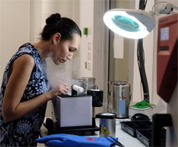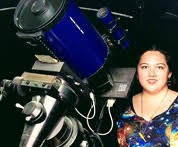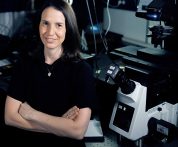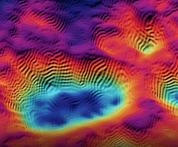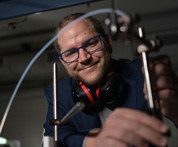Shani Stern, Zuckerman Faculty Scholar publishes paper in Neural Regeneration Research
Abstract:
Parkinson’s Disease (PD) was first described as a neurological disease by Dr. James Parkinson in 1817 as a “shaking palsy”. Since that time, much more is known about the pathophysiology of PD yet the disease is still uncurable. The hallmark of the disease is often considered Lewy body neural inclusions in the substantia nigra pars compacta and other brain areas, although not all patients have these inclusions. The patients exhibit massive neuronal cell loss in the substantia nigra pars compacta, which is associated with the motor symptoms of tremor, bradykinesia, rigidity, and postural instability. PD is the second most common neurodegenerative disease after Alzheimer’s disease with a prevalence of around 1% of individuals over the age of 60. PD is a progressive and incurable disease with other nonmotor symptoms, sometimes prodromal, such as depression, impaired olfaction, constipation, urinary dysfunction, decreased respiratory muscle strength, and more. Animal in vivo models have been widely used to study PD. However, their limitations include species differences and the inability to fully replicate human disease, especially the sporadic forms of the disease. Human induced pluripotent stem cells (iPSCs) offer the potential to generate patient-specific neurons that can recapitulate disease-specific phenotypes. This approach enabled the discovery of some pathophysiological mechanisms, gene dysregulation, affected pathways, and electrophysiological differences in neurons of neurodevelopmental, neuropsychiatric, and neurodegenerative disorders.
 ISRAELI COUNCIL FOR HIGHER EDUCATION
ISRAELI COUNCIL FOR HIGHER EDUCATION MIT-Israel Zuckerman STEM Fund for Faculty Collaboration
MIT-Israel Zuckerman STEM Fund for Faculty Collaboration The Zuckerman Travel and Research STEM Fund at Harvard
The Zuckerman Travel and Research STEM Fund at Harvard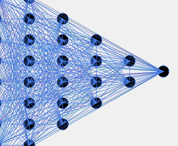 Zuckerman AI Fund at Technion
Zuckerman AI Fund at Technion Alan Alda Communicating Science
Alan Alda Communicating Science Zuckerman Institute – ScienceAbroad
Zuckerman Institute – ScienceAbroad Zuckerman Institute – America-Israel Friendship League partnership
Zuckerman Institute – America-Israel Friendship League partnership







